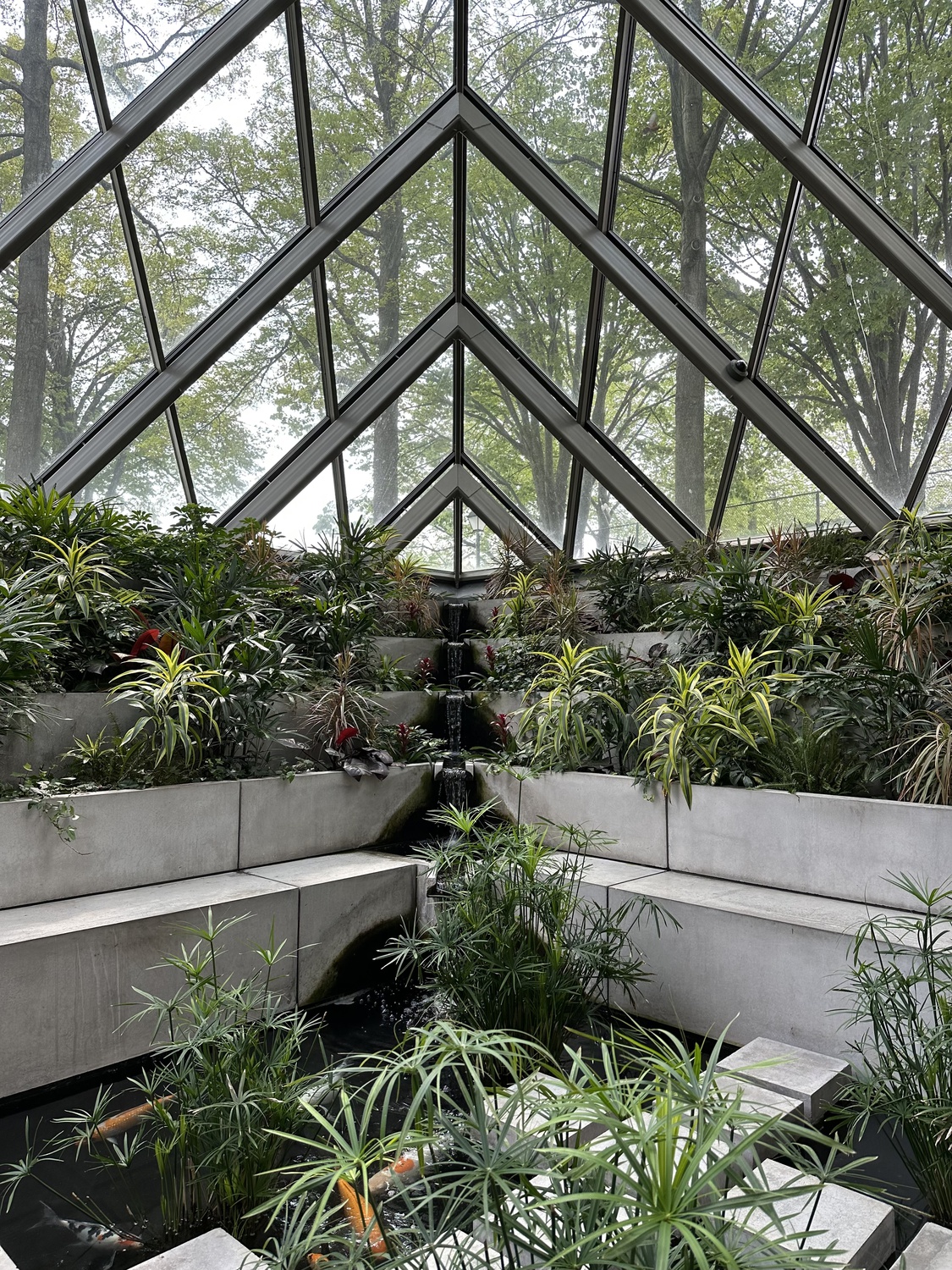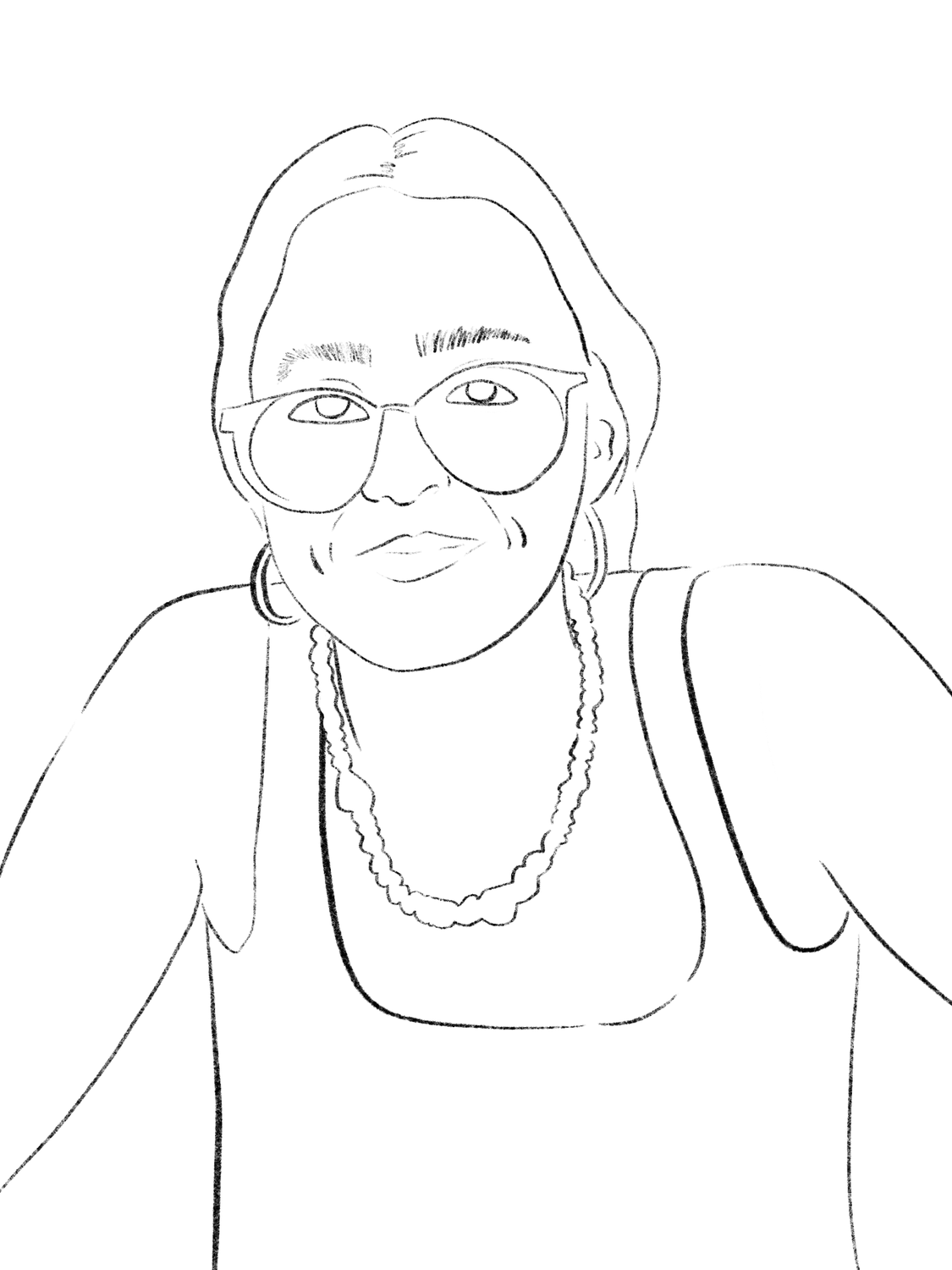
News
CPD Commissioner Says Department Priorities Have ‘Shifted’ Following Police Killing of Sayed Faisal

News
Harvard Provost Garber Says He Has Regrets Over University’s Initial Statement on Invasion of Israel

News
Harvard President Gay Announces Antisemitism Training, Condemns Pro-Palestine Phrase ‘From the River to the Sea’

News
Harvard Alumni Condemn University Leadership Following Viral Video of Confrontation at Pro-Palestine Protest

News
‘Pushing Conversations’: Harvard LGBTQ+ Athletes Call for Greater Visibility, Support from Administration
An Ode to Columns
A Deeper Dive Into Harvard’s Faith

Everyone on the Editorial Board knows two facts about me. First, my dad is a pastor and my mom is a therapist. Second, my name is synonymous with columns.
I comped the Editorial Board my freshman fall. Sophomore fall, I wrote my first column, “From Houston to Harvard.” From sophomore spring to junior fall, I edited columns for a year. Then, in junior spring, I wrote “A Leap into Faith.”
Now, senior fall, I write my final column, “A Deeper Dive Into Harvard’s Faith.”
You can see why my peers say I’m married to the position. For the past two and a half years, not a semester has gone by where I have not done something related to columns.
Even the other well-known Editorial Board fact about me — the occupations of my parents — is related to columns.
As the daughter of a pastor and a therapist, the idea of nuance, of symbiotic relationships, of connecting seemingly disparate threads together, was thrust upon me the moment I entered the world. There was really no way around it — growing up at the intersection of Sunday morning services and chats about Brené Brown forces a person to hold multiple things at once. Even positing that these occupations are polar opposites feels like a failure to my upbringing.
Threads of this sentiment are entwined in my first column, a series of pieces that attempted to dispel the myths that the North is somehow absolved from the same needed and correct scrutiny that the South broadly undergoes.
There is more than what meets the eye. As my latest two columns on religion have revealed, religion at Harvard is complex; there is no one story that fits it all.
In part, this is why I love columns: They tell a larger story than a single op-ed can.
I aim to interrogate what has either been simplified or forgotten. The columnist’s methodology of placing all of these pieces together and in conversation with one another allows my subject material to become clear.
***
This column is titled “A Deeper Dive Into Harvard’s Faith.” As I’ve illustrated over the course of this column, the history of Harvard’s faith is a tapestry of the stories of its leaders, students, and affiliates.
I’ve covered many stories across my column so far, but there’s one missing: my own. In my final column piece of my tenure at The Crimson, I’ll dive into just that. Even my own story deserves some nuance.
In my first piece of this column, I mention the first time I saw snow in Atlanta, Ga. I use it to illustrate the ubiquity of religion throughout my life, as that same day, I took communion for the first time.
But the story is much more than that.
On the one hand, it is a glorious memory: I remember my entire neighborhood running outside, wrapped in every layer, every jacket, every sweater we could lay our hands on. A snowball fight ensued. My dad got nailed in the head. With the help of all our neighborhood friends, my sisters and I constructed a snowman so large that it remained for weeks, outlasting all other icicles. Over the following weeks, it tilted to the right, until the snow pillar was at 45 degree angle.
On the other hand, I wrestle with the fact that what joy I felt that day did not come from where it was ‘supposed’ to.
That day, my younger sister and I took our first communion, one of two Protestant sacraments that demonstrate one’s acceptance and understanding of Jesus Christ as Lord and Savior. For many, first communion is accompanied by spiritual clarity — but for me, it is a strangely empty void in my memory.
I cannot remember the conversation I had with the pastor on that Sunday, March 1, 2009. I don’t recall what I said on that stage in the westside of Atlanta. I fail to recall if I had any feelings of joy, acceptance, or any acknowledgement at all.
But I remember the snow. I remember pushing my sister down the hill in our backyard on our makeshift sled. That joy felt real; it felt spiritual. The neighborhood, with its porous structure overflowing with communal glee, was more a church than the physical sanctuary.
***
This intense duality frames my relationship with Christianity.
I find spiritual joy in the absence of the institution that many around me cherish and love. I find more of a home amongst the snow than within the pews.
For a long time, I did not know what to do with my out-of-the-norm relationship with faith. I do not outright reject faith, but neither do I follow the well-trodden path.
I’ve wrestled with this sentiment explicitly in one of my past pieces, but I wrestle with this tension implicitly in all of them. It slithers in the shadows of every sentence.
Whenever I speak about religious structures on campus, whenever I stand before Memorial Church or Memorial Hall, I am viscerally confronted with my own relationship with Christianity. I am forced to package and repackage my understanding of myself in relation to a faith that I was born into, but also a faith that I chose.
Still, the emotion surrounding that choice has always felt beyond my conscious mind.
Am I comforted by religion because it has always existed, from the moment I stepped into my family — or because it holds some divine truth?
I do not think I will ever stop having this internal debate.
This unending debate is an example of the same unknown I reach toward in other aspects of my life — as a columnist, a writer, and a student.
I think about column writing like I think about journaling: The first and the last pages are the hardest to fill. There is an undeniable pressure for beginnings and endings to be tidy, for the first and last pages of a journal to serve as reflective bookends.
This article is like those last pages of a journal. There is no reason to think of this piece as dictating some assertive end to my column journey, yet the final pages suggest a conclusion.
But there are no conclusions. Studying religion — not just as a specific faith or as a lens to examine other topics, but holistically as an idea — has taught me that.
In classes about religion, you eventually reach the infamous, inevitable question: What is religion? And at the end of that discussion, you’re more confused than you were at the beginning.
That is the inherent, beautiful, frustrating tension of religion. It’s the tension that I am elated to continue to study, knowing that I will likely never find a final satisfying conclusion but only chip away at the larger picture — just as my columns have done.
Ellie H. Ashby ’24, a Crimson Editorial editor and former Associate Editorial Editor, is a Social Studies concentrator in Adams House. Her column, “A Deeper Dive Into Harvard’s Faith,” runs tri-weekly on Fridays.

Want to keep up with breaking news? Subscribe to our email newsletter.
